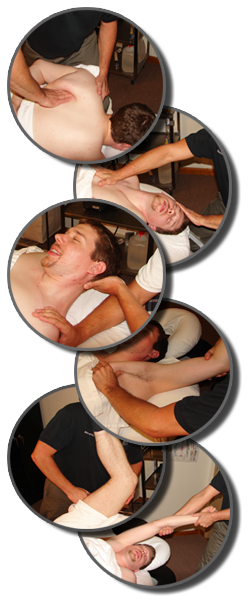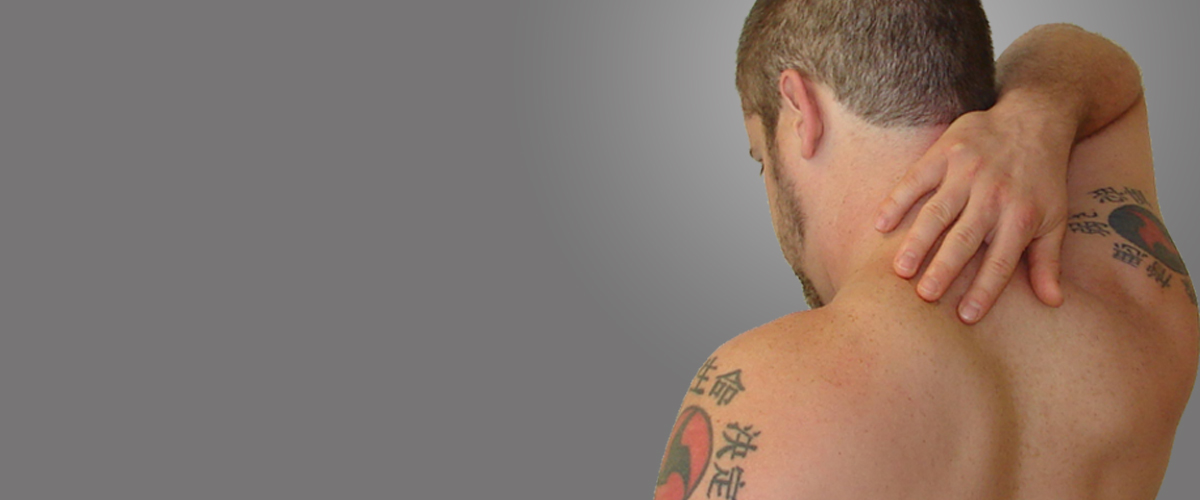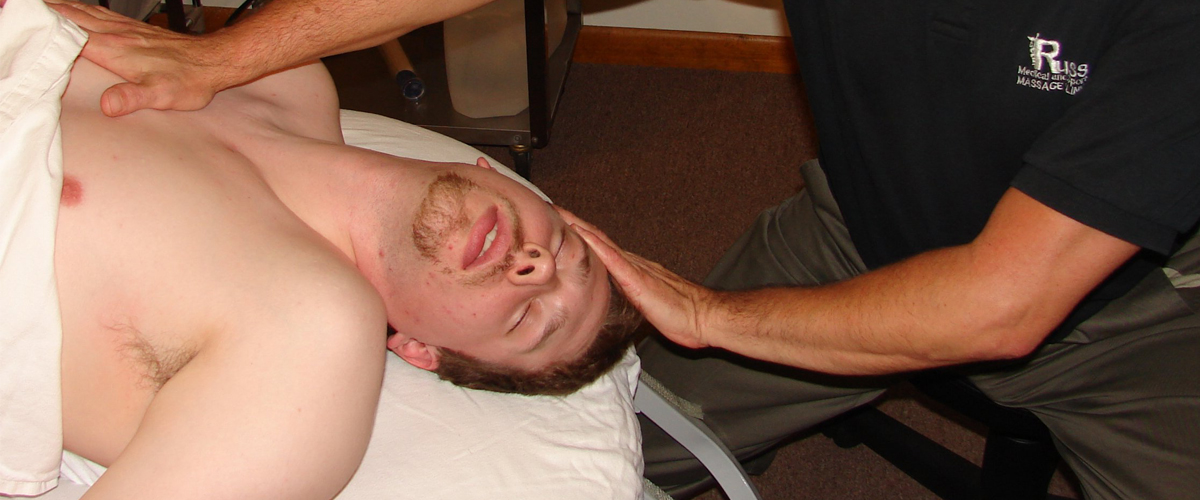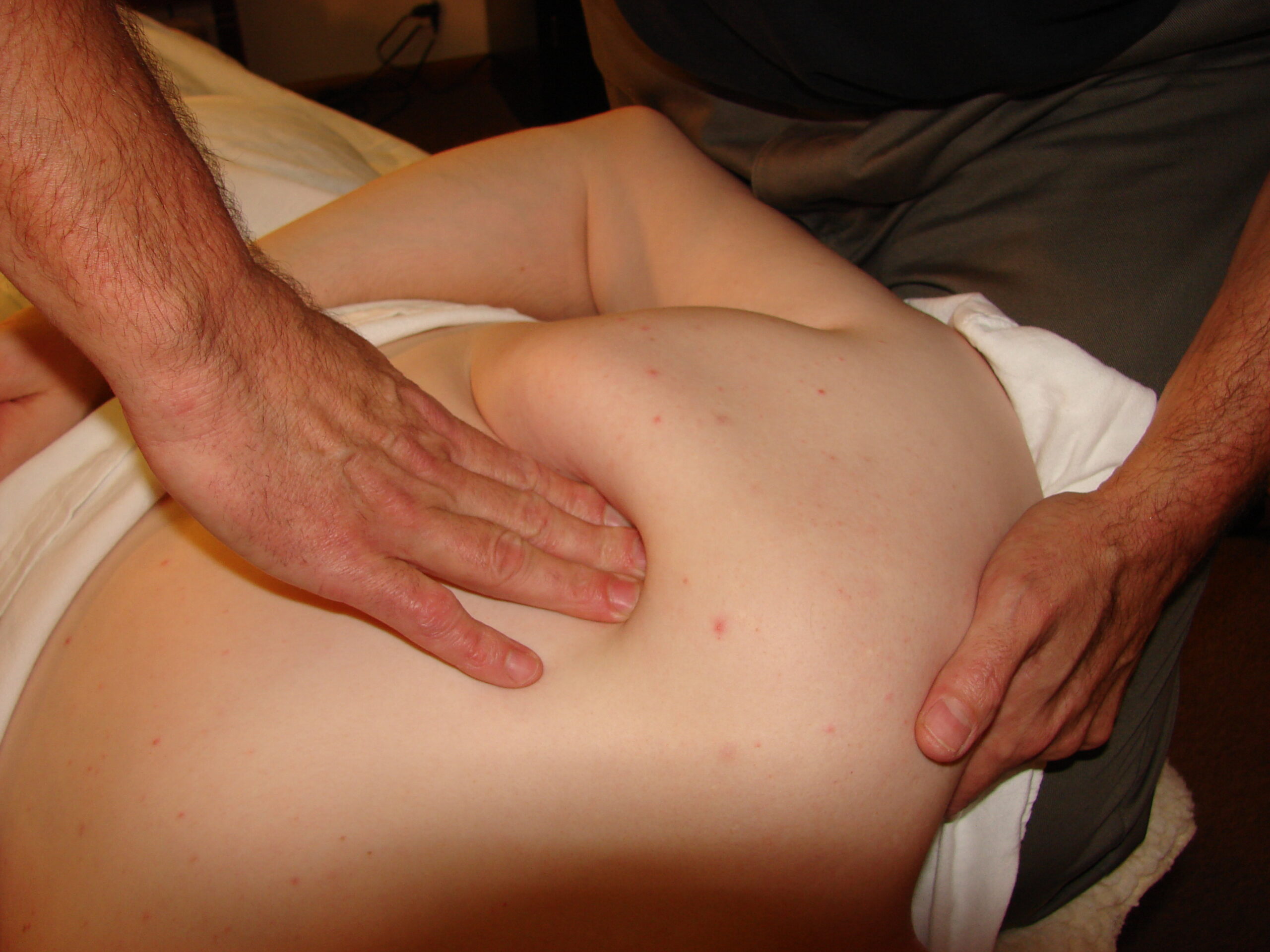
The goal of Orthopedic Massage is to induce a change in the structure and function of the neuromusculoskeletal soft tissue to promote healing of the whole person. Orthopedic Massage combines elements of myofascial release, neuromuscular reeducation, soft tissue mobilization and muscle energy techniques taken from the world of osteopathic medicine. One of the unique concepts at the heart of Orthopedic Massage is that muscles, tendons and ligaments have a normal position relative to the neighboring soft tissue and the joint they affect. If soft tissue has a normal, specific alignment and placement within the body, relative to the surrounding tissue, then injury, either as a result of accidents, sudden impacts or strains, chronic postural problems or repetitive stresses, can cause the soft tissues to fall out of correct placement and alignment. Orthopedic Massage aims to correct alignment through the use of specific directional soft tissue mobilization, active resisted contractions of the affected muscles (Muscle Energy Technique) and joint mobilization.
When receiving a treatment using Orthopedic Massage, the client receiving the treatment is not completely passive, as would be the case in more traditional deep tissue massage. Instead, the therapist works with the client in performing specific isometric contractions of the affected muscles, a system known as Muscle Energy Technique. Since these assisted contractions are in a specific direction, habitual patterns of holding and involuntary spasms can more easily be released. Having the client become aware of the contractions allows strengthening of weak muscles that have been endorsed due to the overly tight muscles that oppose their motion. Combining release of overly tight (hypertonic) muscles and strengthening of weak muscles, the muscular tensions around a specific joint are normalized, thus reducing pain and increasing awareness, both conscious and unconscious.
When doing soft tissue mobilization and myofascial release, the therapist will work each muscle in the particular direction needed in order to correct the positional dysfunction that is creating pain. For example, when the big muscles along the spine in the back, the erectors, become very tight, they also shorten, moving closer to the spine itself. Using Orthopedic Massage techniques, the therapist would work to release this dysfunction by moving the muscle gently away from the spine, freeing up the joints to move in a wider range of motion, without pain. Often after a treatment, clients will report feeling “lighter” as the joints no longer having irregular compressive forces on them, allowing them to feel freer.
Along with work on the table, it is often very helpful to have the therapist work with the client on stretches and exercises that can be done at home or at work in order to help the client strengthen and release the muscles around the tight and painful joints. In order to truly get all the benefit possible out of your treatment time, home exercises and stretches are a must. The client needs to be actively involved in their own recovery, reversing the affects of poor posture or repetitive stresses created in the work environment. The combination of MET and home stretching/strengthening is the core of the neuromuscular reeducation. If you have an injury or chronic pain in any joint or muscle, caused by an accident, or repetitive stresses, please call us to schedule an initial evaluation and a series of treatments to relieve yourself of these pains.
Thanks for stopping by,
Richard Russ, LMT (PA, OH), CMMMT, AMTA
Russ Medical and Sport Massage Clinic 971 Third Street Beaver, PA 15009 724-774-8470 https://www.beavercountymassage.com/ http://www.medmassage.org/


